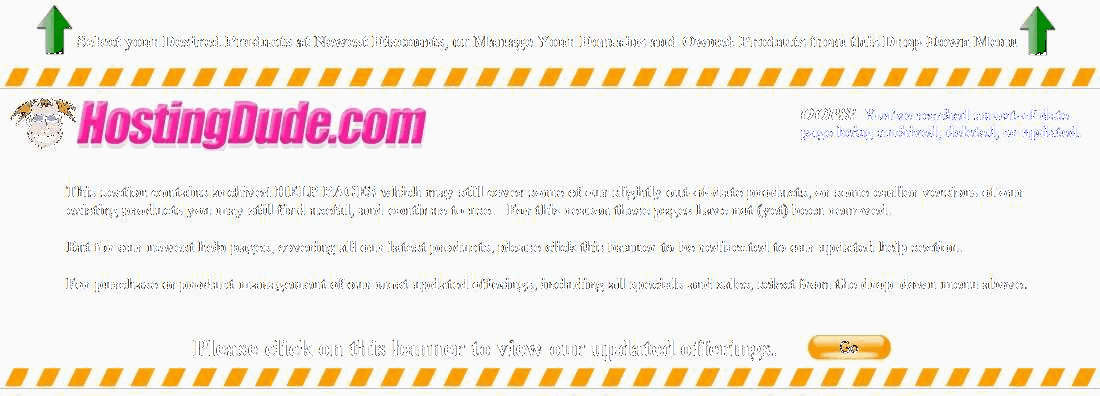Configuring IP Addresses to Resolve SMTP Relay Limit Error Messages
If you're receiving error messages that your Windows Server 2008 has exceeded its SMTP relay limit, and you have more than one IP address configured on your server, a known issue might be the culprit.
First, check your SMTP relays to ensure that you are not exceeding your relay limit. For details, see Review Your VPS or Dedicated Server's Email Usage.
If you are not over the limit, then your server is attempting to use an IP address other than your primary IP address to send outgoing email messages.
To resolve the issue, run Microsoft®'s hotfix installer to prevent your server from using additional IP addresses to send messages. Next, remove all additional IP addresses from your server, and then re-add them through the command line interface.
Running Microsoft's Hotfix Installer
Because your server is using the wrong IP address to send email messages, you must run Microsoft's hotfix installer.
To Run Microsoft's Hotfix Installer
- Go to Microsoft Support.
- Accept the user agreement. The Hotfix Request page displays.
- Click Show hotfixes for all platforms and languages (3).
- Select the hotfix for your platform (x86 for 32-bit or x64 for 64-bit).
NOTE: The hotfixes display as Windows Vista, but they also work for Windows Server 2008.
- Enter and confirm your email address.
- Enter the security code characters that display, and then click Request hotfix. Microsoft sends a hotfix download link to your email address within five minutes.
- Open a Web browser on your server, and then paste the hotfix download link into the address bar.
- Run the hotfix installer, and then restart your server when the installation completes.
Removing Additional IP Addresses
After you restart your server, you must remove the additional IP addresses from it.
To Remove Additional IP Addresses
- Click Start, and then select Control Panel.
- Double-click Network and Sharing Center.
- In the Tasks section, select Manage Network Connections. Note the local area connection that displays, as you'll need it in the next procedure.
- Right-click on the local area connection, and then select Properties. The Properties window displays.
- Click Internet Protocol Version 4 (TCP/IPv4), and then click Properties.
NOTE: The Use the following IP address section displays your primary IP address. Note it so that you do not accidentally remove it in step 7.
- Click Advanced. Your IP addresses display. Write them down, as you will need them in the next procedure.
- Highlight all IP addresses except for your primary IP address, and then click Remove.
DO NOT remove your primary IP address.
- Click OK to close the Advanced TCP/IP Settings window.
- Click OK to close the Internet Protocol Version 4 (TCP/IPv4) Properties window.
- Click Close to close the Local Area Connection window.
Re-adding Additional IP Addresses
After you remove the additional IP addresses from your server, you can re-add them through the command line interface by specifying true as the skipassource value.
To Re-add Additional IP Addresses
- Click Start, and then select Run.... The Run window displays.
- Type cmd, and then press Enter. The Command Line window displays.
- Type the following code, and then press Enter:
netsh int ipv4 add address "[local_area_connection_name]" [ip_address] 255.255.255.0 skipassource=trueNOTE: Replace [local_area_connection_name] with the local area connection you noted in step 3 of the previous procedure. Replace [ip_address] with one of your additional IP addresses, as noted in step 6 of the previous procedure.
- Repeat the previous step for each additional IP address.





